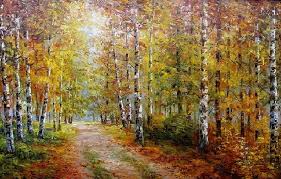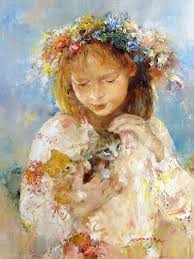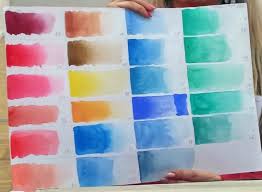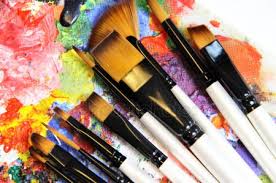resistant
WHAT IS ENAMEL?
 Enamel is a glassy, frozen mass of an oxide composition formed by partial or complete melting, sometimes with the addition of metals, deposited on a metal base.
Enamel is a glassy, frozen mass of an oxide composition formed by partial or complete melting, sometimes with the addition of metals, deposited on a metal base.
Other materials and coatings that do not meet this definition, although they are applied to metal and used for the same purpose, should not be associated with the concepts of “enamel” or “enamel”. So, for example, enamel varnish is called a very shiny enamel paint, and enamelled wire is a copper wire coated with enamel insulating paint.
The term enamel the author refers to both the material, as a type of decorative art, and the entire technology of manufacturing art products decorated with enamel. Continue reading
ABOUT AQUARIAN PAINTING TECHNIQUE (part 4)
 But with the beginning of the technical revolution, with the advent of industrial methods for the manufacture of materials, broader opportunities arose for creative experiments and the popularization of watercolor painting.
But with the beginning of the technical revolution, with the advent of industrial methods for the manufacture of materials, broader opportunities arose for creative experiments and the popularization of watercolor painting.
Newer and cheaper materials have made this technique fragile and more vulnerable to storage. Perhaps that is why for a long time watercolor still remained an independent form of painting and was the lot of fans of plein air painting as a particularly delicate aesthetic pleasure obtained during outdoor recreation.
The perception of watercolors was often associated with the idea of some very simple, affordable and even frivolous way of painting, more suitable for the initial stage of training, preceding the training in oil technology. Continue reading



